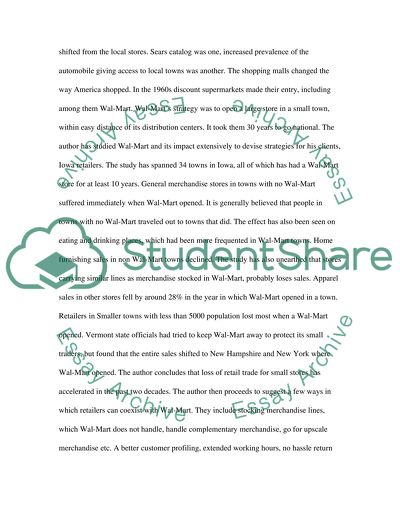Cite this document
(“A WalMart Monopoly Case Study Example | Topics and Well Written Essays - 2000 words”, n.d.)
A WalMart Monopoly Case Study Example | Topics and Well Written Essays - 2000 words. Retrieved from https://studentshare.org/miscellaneous/1534103-a-walmart-monopoly
A WalMart Monopoly Case Study Example | Topics and Well Written Essays - 2000 words. Retrieved from https://studentshare.org/miscellaneous/1534103-a-walmart-monopoly
(A WalMart Monopoly Case Study Example | Topics and Well Written Essays - 2000 Words)
A WalMart Monopoly Case Study Example | Topics and Well Written Essays - 2000 Words. https://studentshare.org/miscellaneous/1534103-a-walmart-monopoly.
A WalMart Monopoly Case Study Example | Topics and Well Written Essays - 2000 Words. https://studentshare.org/miscellaneous/1534103-a-walmart-monopoly.
“A WalMart Monopoly Case Study Example | Topics and Well Written Essays - 2000 Words”, n.d. https://studentshare.org/miscellaneous/1534103-a-walmart-monopoly.


